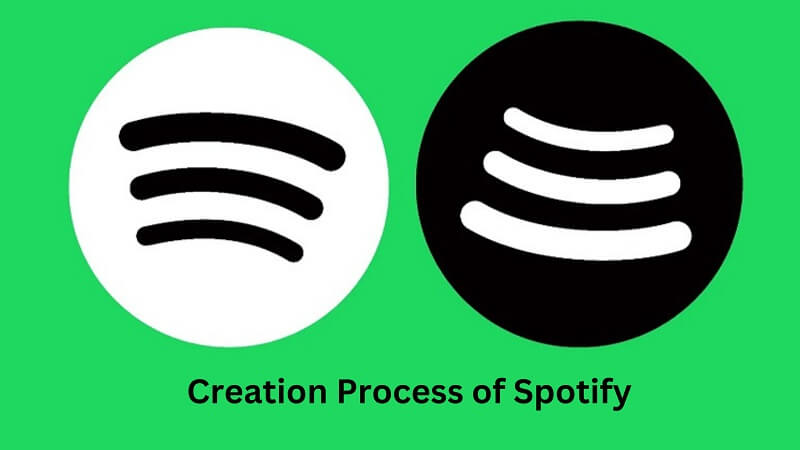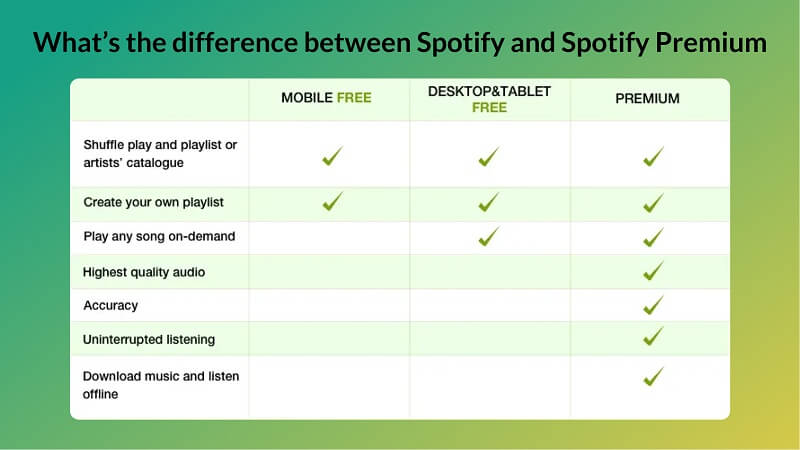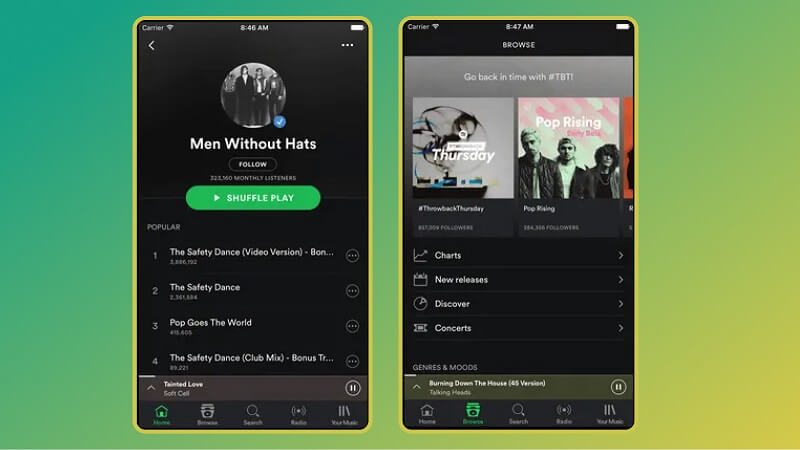
Spotify has become a household name in the world of music streaming. With millions of active users, it has revolutionized how people consume music. However, have you ever wondered what it takes to create such an innovative platform? Let’s delve into the creation process of Spotify and discover how the idea was born, how the solution was implemented, and how much it costs to bring this demanded platform to life.
Idea Behind Spotify
Spotify was founded in 2006 by Daniel Ek and Martin Lorentzon in Stockholm, Sweden. The idea behind Spotify was to provide a legal and convenient way for users to access music online. In the early 2000s, the music industry faced significant challenges with music piracy, and streaming was still in its infancy. Daniel Ek, a Swedish entrepreneur, saw an opportunity to create a platform that would allow users to stream music legally and conveniently. Thus, Spotify was born.
The idea was to create a platform that would allow users to access music for free, but they would have to listen to ads in between. Alternatively, users could pay a monthly subscription fee to remove ads and have access to additional features like offline playback, high-quality audio, and unlimited skips.

How Spotify Came to Life
The creation process for Spotify was complex. It involved years of development, testing, and refining. Here are the steps that define how to build a music streaming app:
Unveiling the Creation Process of Spotify:
Step 1: Concept and Planning
The first step in creating Spotify was to develop a concept and plan for the platform. The founders wanted to create a platform that would allow users to access music legally and conveniently. They also wanted to ensure the platform was user-friendly and would provide a great user experience.
They spent a lot of time researching the music industry, licensing deals, and what users wanted from a music streaming platform. One of the essential things they discovered during their research was that users were frustrated with the music industry’s licensing structure, which made it difficult for them to access music legally.
To address this issue, the founders spent a lot of time negotiating with music labels to secure licensing deals for their platform. This was no easy feat, as many music labels were initially sceptical about music streaming and wanted to avoid taking the risk of licensing their music to a startup.
Step 2: Building the Team
After developing a concept and plan, the next step was to build a team. The founders recruited a team of developers, designers, and music experts to create the platform. The team worked tirelessly to develop a platform that would meet the needs of users.
One of the essential factors that set Spotify apart from other music streaming platforms was the recommendation system. The team spent a lot of time developing algorithms that would analyze users’ listening habits and provide them with personalized recommendations based on their tastes.
Step 3: Development and Testing
Spotify’s development and testing phase took several years. The team worked on developing the platform, testing it, and refining it. They also worked on developing the algorithms that would power the platform’s recommendation system, which is one of the features that sets Spotify apart from other music streaming platforms.
Within the product implementation and testing phase, the team also worked on improving the platform’s user interface and user experience. They wanted to create a platform that was easy to use, visually appealing and provided a great user experience.
Step 4: Launching the Platform
After several years of development and testing, Spotify finally launched in Sweden in 2008. The product rapidly obtained huge demand and grew to other regions, covering the United States, the United Kingdom, and Germany.
Step 5: Expanding and Scaling
Once Spotify was launched, the next step was to expand and scale the platform. The company continued to negotiate with music labels to secure more licensing deals and add more music to the platform. They also continued to develop new features and improve the user experience.
In 2011, Spotify launched its mobile app, which allowed users to access the platform on their smartphones. This was a significant milestone for the company, as it allowed users to access music on the go.

Over the years, Spotify has continued to expand and scale its platform. It has added new features like podcasts, social sharing, and live sessions with artists. It has also expanded to new markets, including Asia and South America.
How Much It Costs to Create Spotify
Creating a platform like Spotify is a costly undertaking. The development, testing, and scaling of the platform require a significant amount of investment. So, how much did it cost to create Spotify?
According to reports, Spotify has raised over $2.5 billion in funding since its inception. This funding has come from a variety of sources, including venture capitalists and private equity firms.
The development and testing phase of Spotify alone cost millions of dollars. The team had to develop algorithms, negotiate with music labels, and create a platform that would provide a great user experience. The cost of hiring developers, designers, and music experts to work on the platform would have been significant.
In addition to the development and testing phase, scaling the platform also requires a significant amount of investment. As the platform grows, it requires more servers, more bandwidth, and more resources to handle the traffic. This can be a significant expense, especially for a platform like Spotify, which has millions of active users.
In conclusion: Creation Process of Spotify
In conclusion, creating a platform like Spotify requires a significant amount of investment, time, and effort. The founders had a clear vision for the platform, and they spent years developing, testing, and refining it. The team had to negotiate with music labels, develop algorithms, and create a platform that would provide a great user experience.
Spotify has boosted the way people consume music. It has provided a legal and convenient way for users to access music online, and it has changed the music industry in significant ways. The platform’s success is a testament to the hard work and dedication of the team behind it.
I hope you like this article on unveiling the creation process of Spotify: from idea to reality.

